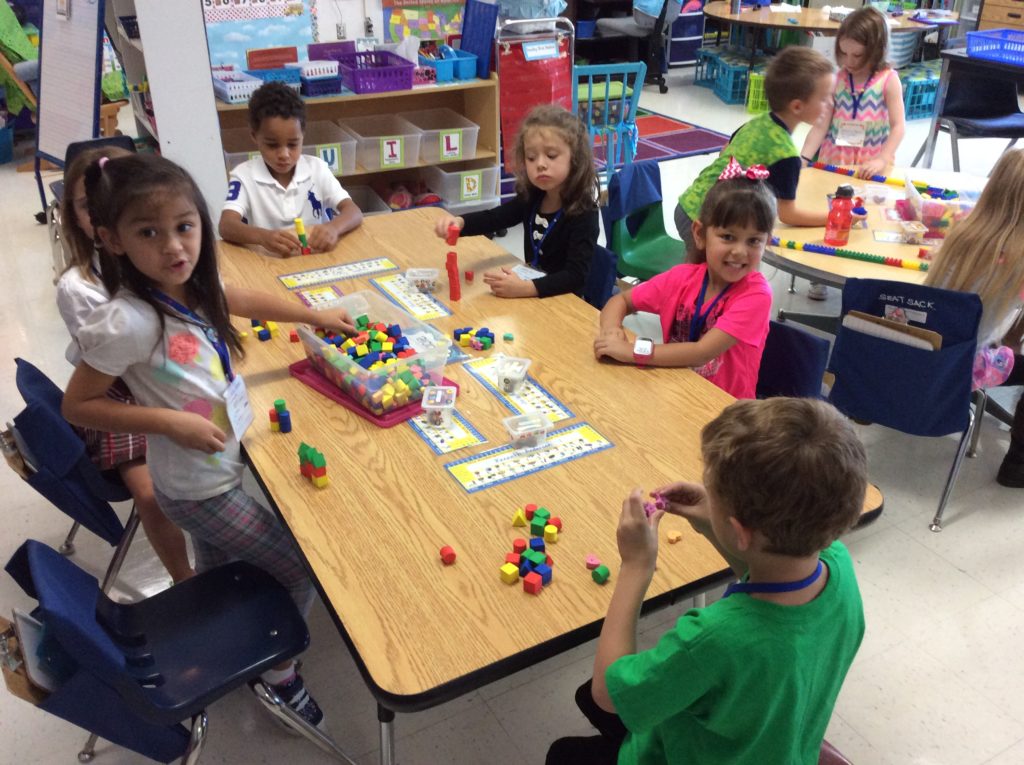Textbook adoption can leave one with a multitude of feelings: disgust, indifference, glee, apprehension, or a feeling of possibility. These are feelings one may feel going through the process of adoption, but they are also feelings that can be intensified after the adoption process as educators use the curriculum.
I know these emotions all too well, as do many of my colleagues, after we selected and began teaching with GO Math! As we started using our curriculum, our feelings gradually became more negative than positive. There was constant discussion about how the curriculum was impacting students: “Was the pacing correct?” “Were students learning?” We weren’t confident that the textbook, as written, matched what our state standards asked of students. It was so helpful to learn about the new GO Math! K-5 Guidance Documents right at the time when tensions were running high around the curriculum.
I became aware of the GO Math! K-5 Guidance Documents at the May 2016 Core Advocates convening. As soon as I heard about the adaptation resource, I sent an email to my principal suggesting we collaborate in implementing some of the adaptations to improve our curriculum. At the time we didn’t know what was in store with this document, but we knew anything that could support both teachers and students in using the curriculum in a beneficial, standards-aligned way was ideal. At the time the document was introduced, we had been using GO Math! for two years, so we were familiar with the program and knew we needed to make improvements. We began implementing the adaptations in our third year using the program.
The adaptations, along with professional development on the Shifts, were beneficial because they supported what teachers knew to be best practice — the adaptations made it so that the textbooks didn’t get in the way of teachers’ expertise. The adaptations also spoke to what teachers had concerns with, regarding pacing and opportunities for hands-on learning experiences. Lastly, the adaptations provided more opportunities for focused and meaningful fluency practice, which was missing in the GO Math! textbook as presented.


The grade-by-grade adaptation was introduced in the later summer/early fall, before our return to school. This provided teachers an opportunity to view the resources out-of-context and when time was more flexible. As the school year started, we jumped into using the resources, incorporating the adaptations into a new curriculum map. Though we began from day one, it wasn’t completely smooth sailing. As with any change, there are competing emotions. There was a sentiment among some teachers that “one more thing” had been added. That’s why it was imperative to include the adaptations as an extension to a deeper understanding of the mathematics standards. Simply handing out the adaptations without other professional learning wouldn’t have been as effective. I can speak for my grade level, Kindergarten, and say that the adaptations were extremely helpful in planning math lessons. As a team, we would collaborate and check in on how we used the adaptations. Conversations focused on changes we needed to make and resources we needed to look closer at. The adaptation document provided the team with a common understanding of what we all needed to focus on and prioritize when facilitating math learning.
Using the adaptations and diving into the Shifts engaged the team in deeper math conversations. We were able to collaborate in a meaningful way, connecting classroom data to the work we did with students. The adaptations encouraged us to be more comfortable with the math we were facilitating, providing us opportunities to question our own understanding and learn from others as they shared their understanding.

The adaptations were beneficial in pointing out my strengths and weaknesses as a teacher. It encouraged me to look beyond what was presented in a textbook and delve deeper into the Shifts, ensuring that I taught each standard in a meaningful way.
Overall, using the adaptation impacted my students, myself, and the overall culture of math in my school. Students are enjoying math and taking ownership over their learning. As educators we are no longer as apprehensive of the subject; we are now more willing to take risks and push each other to deepen our understanding. The process of using the adaptations showed me that when we empower educators in the work they love, we all can learn something and make an impact.
The GO Math! K-5 Guidance documents mentioned by the author can be downloaded for free here: http://achievethecore.org/page/2853/go-math-k-5-guidance-documents
To see EdReports review of GoMath! visit http://www.edreports.org/math/reports/series/go-math.html


















